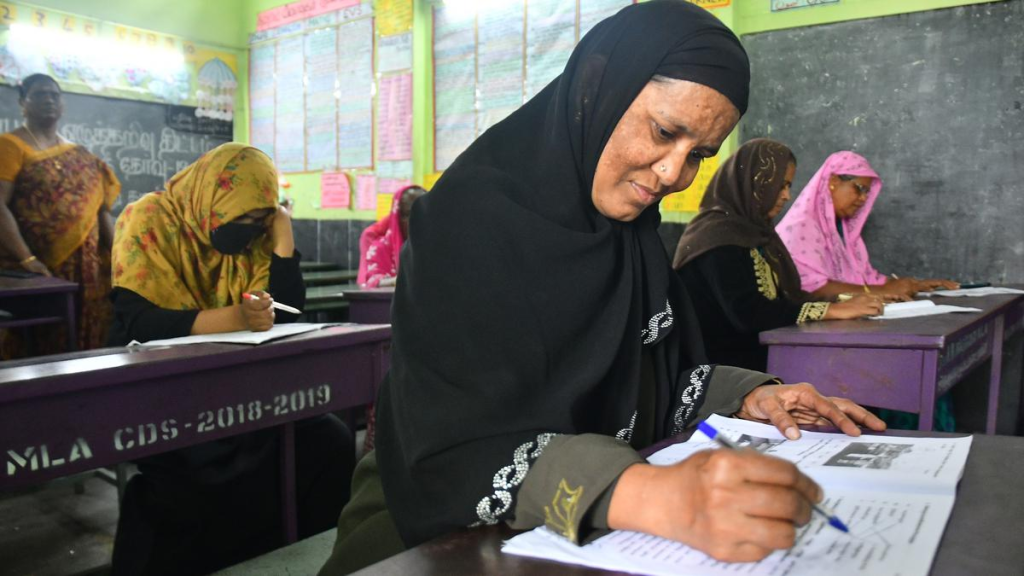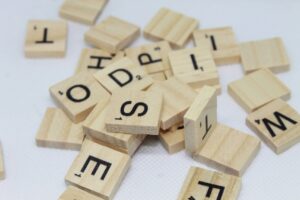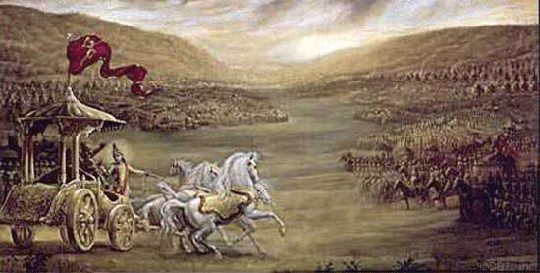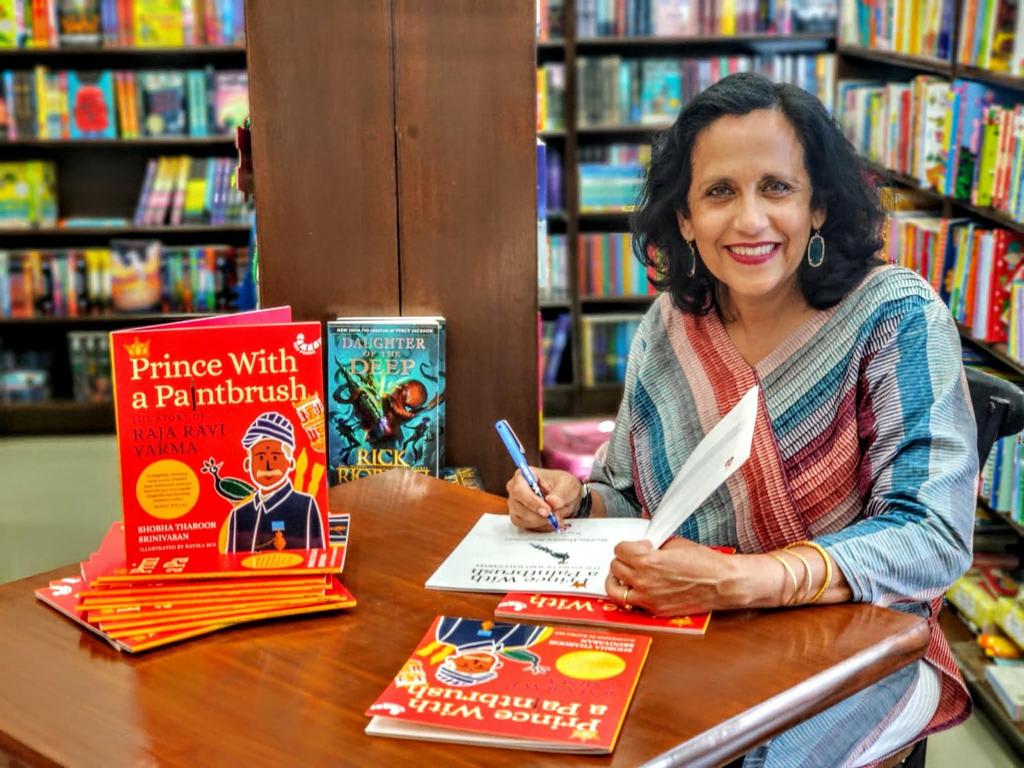Volunteers and Unlikely Students Drive India’s Push for Adult Literacy

More than 22.7 lakh students, including a grandmother and her granddaughter, women wearing veils in rural Rajasthan, a bridegroom from Madhya Pradesh, and elderly couples, took the Foundational Literacy and Numeracy Assessment Test (FLNAT) in ten Indian states and union territories to be recognized as “literate” for 2022-23. Over 40% of the aspiring candidates were from Madhya Pradesh alone.
Despite renewed efforts to promote adult literacy under the newly launched Nav Bharat Saksharta Abhiyan (New India Literacy Programme) with a target of one crore adults next year, the program relies on volunteer-based teaching due to insufficient funds to hire qualified teachers exclusively for adults.
There are currently 15 to 20 crore illiterate people in India, according to Education Ministry data, who do not know how to read and write. The previous Saksharta Abhiyan concluded in 2018, while the subsequent Padhna Likhna Abhiyan struggled, and the pandemic years exacerbated the situation.
The new NILP has been allocated ₹150 crores for 2022-23, of which nearly ₹80 crores was released to the states to begin the program. However, the budget does not include funds to hire teachers, meaning the entire scheme relies on volunteers. To bridge this gap, the Education Ministry encourages students and teachers to volunteer their time to teach adults. Currently, local officials conduct door-to-door surveys to locate illiterate adults willing to learn, offering learning spaces in nearby classrooms after regular school hours are over. The Ministry is developing a mobile app that will allow willing adult learners to self-register for the program.
The National Council of Educational Research and Training has created a curriculum of four books that adult learners must master within 200 hours of teaching to be certified as ‘literate.’ Out of the 22.7 lacs who appeared for the FLNAT this year, 9.25 lakh candidates were from Madhya Pradesh, with more women (5.91 lacs) taking the test than men (3.34 lakh).
Rajasthan (5.48 lakh), Tamil Nadu (5.28 lakh), and Uttar Pradesh (1.46 lakh) were other states from which candidates appeared in significant numbers. NILP is also the first government scheme to cover the missing age group of 15 to 18-year-old children who are at risk of dropping out of school. The Right to Education covers children till 14 years and adult literacy programs target persons over 18 years. The focus is now on bringing children from 15 to 18 years back into the learning fold so that the cycle of illiteracy
can be broken.
Staff Reporter









